How to Grow Your Own Herbs: Tips for Cultivating Fresh Herbs at Home
As a professional article writer and content creator, I have had the pleasure of exploring various topics related to gardening, including tips for cultivating fresh herbs at home. Growing your own herbs is not only a fun and rewarding experience but also a great way to add fresh flavors to your meals. Whether you have a large garden or a small balcony, you can easily grow your own herbs and enjoy them all year round.
Why Grow Your Own Herbs?
There are many benefits to growing your own herbs. Firstly, it’s a cost-effective way to add fresh herbs to your cooking without having to spend a lot of money on store-bought herbs. Secondly, it’s a great way to ensure that your herbs are organic and free from harmful pesticides. Finally, growing your own herbs allows you to experiment with different flavors and combinations, giving you the freedom to create unique and delicious dishes.
What You’ll Need
Before you start growing your own herbs, you’ll need to gather a few essential tools and materials. These include:
- Herb seeds or seedlings
- Pots or containers
- High-quality potting soil
- Fertilizer
- Watering can or hose
- Gardening gloves
- Garden trowel or hand shovel
With these basic tools and materials, you’ll be able to get started on your herb garden in no time.
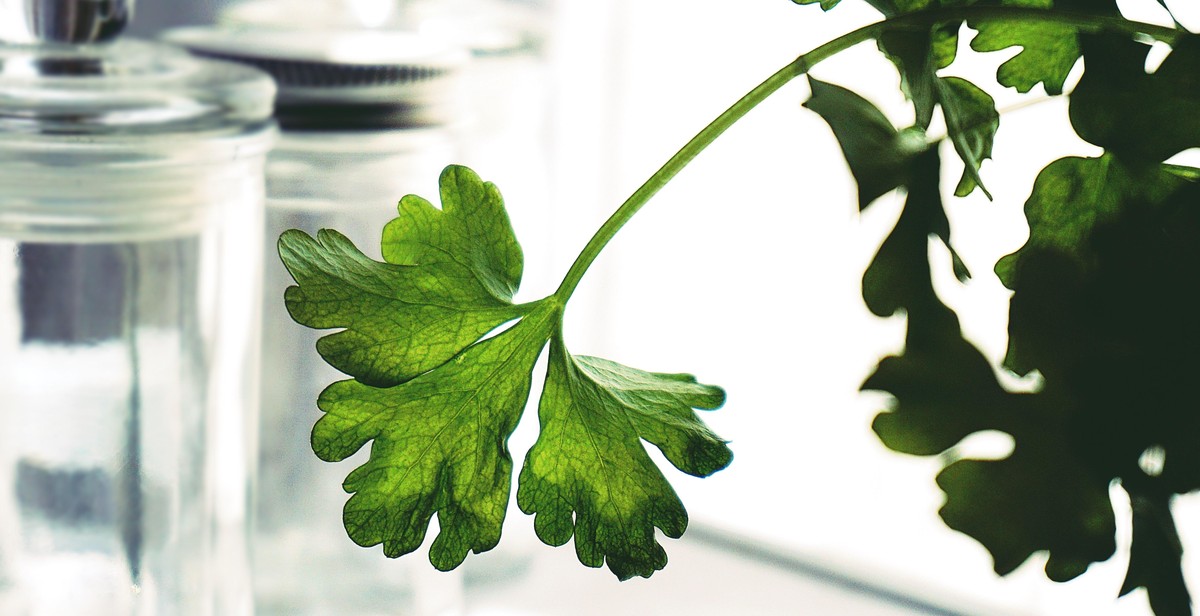
Why Grow Your Own Herbs?
Are you tired of buying expensive herbs from the grocery store that only last a few days? Growing your own herbs at home can provide you with fresh and flavorful herbs year-round. Here are a few reasons why growing your own herbs is a great idea:
Freshness and Flavor
When you grow your own herbs, you have access to fresh and flavorful herbs right at your fingertips. You can pick them right before you need them, which ensures that they are at their peak flavor. Fresh herbs also provide a stronger flavor than dried herbs, making them a great addition to any dish.
Cost Savings
Buying herbs from the grocery store can be expensive, especially if you need a lot of them. Growing your own herbs can save you a lot of money in the long run. Once you have purchased the seeds or plants, you can continue to harvest them for months or even years, depending on the type of herb.
Health Benefits
Herbs not only add flavor to your food but can also provide health benefits. For example, basil has anti-inflammatory properties, while rosemary can improve memory and concentration. When you grow your own herbs, you have access to fresh and organic herbs, which can provide even more health benefits.
Overall, growing your own herbs is a great way to add flavor to your food, save money, and improve your health. In the next section, we will discuss some tips for cultivating fresh herbs at home.
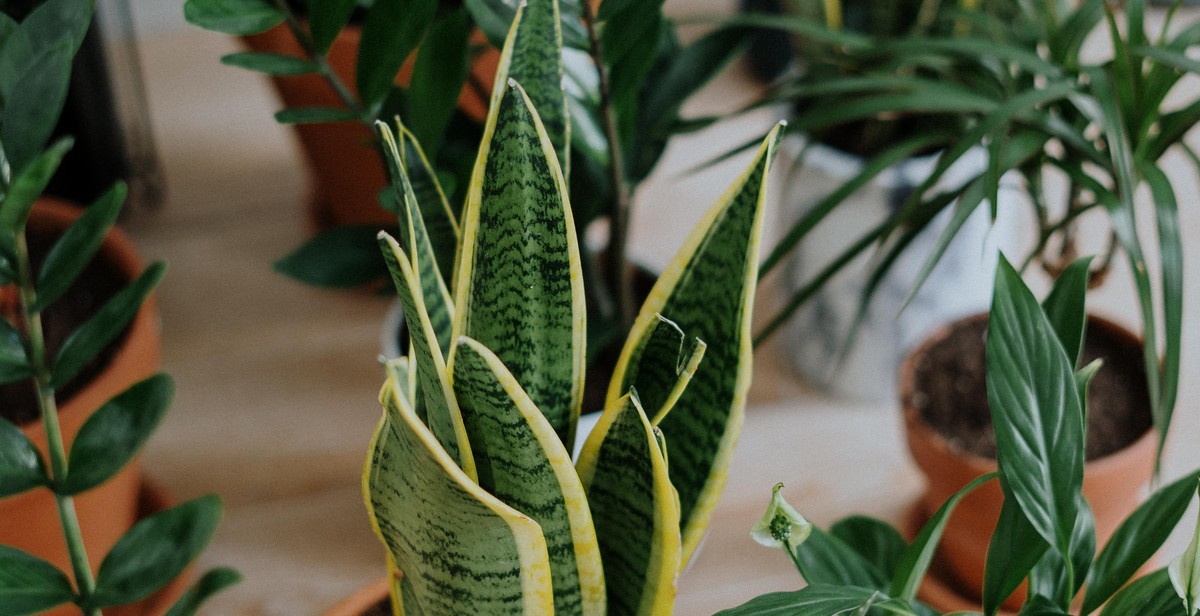
Choosing the Right Location
One of the most important factors to consider when growing herbs at home is choosing the right location. The success of your herb garden largely depends on the amount of sunlight, soil quality, and watering needs of your plants.
Sunlight Requirements
Most herbs require at least 6 hours of direct sunlight per day. Therefore, it is important to choose a location with plenty of sun exposure. South-facing windowsills, balconies, or patios are great options for growing herbs indoors. If you’re planning to grow herbs outdoors, make sure to choose a spot that receives enough sunlight throughout the day.
Soil Quality
Herbs prefer well-draining soil that is rich in nutrients. It is important to choose a location with soil that is not too compact or waterlogged. If you’re growing herbs in containers, make sure to use a high-quality potting mix that is specifically designed for herbs. Adding compost or organic matter can also improve soil quality and provide essential nutrients for your plants.
Watering Needs
Herbs require regular watering to thrive, but it’s important not to overwater them. Be sure to choose a location where you can easily monitor the moisture levels of your soil. If you’re growing herbs indoors, make sure to place a saucer under your pots to catch any excess water. If you’re growing herbs outdoors, consider using a drip irrigation system to ensure that your plants receive consistent moisture.
| Sunlight Requirements | Soil Quality | Watering Needs |
|---|---|---|
| 6 hours of direct sunlight per day | Well-draining soil that is rich in nutrients | Regular watering, but not overwatering |
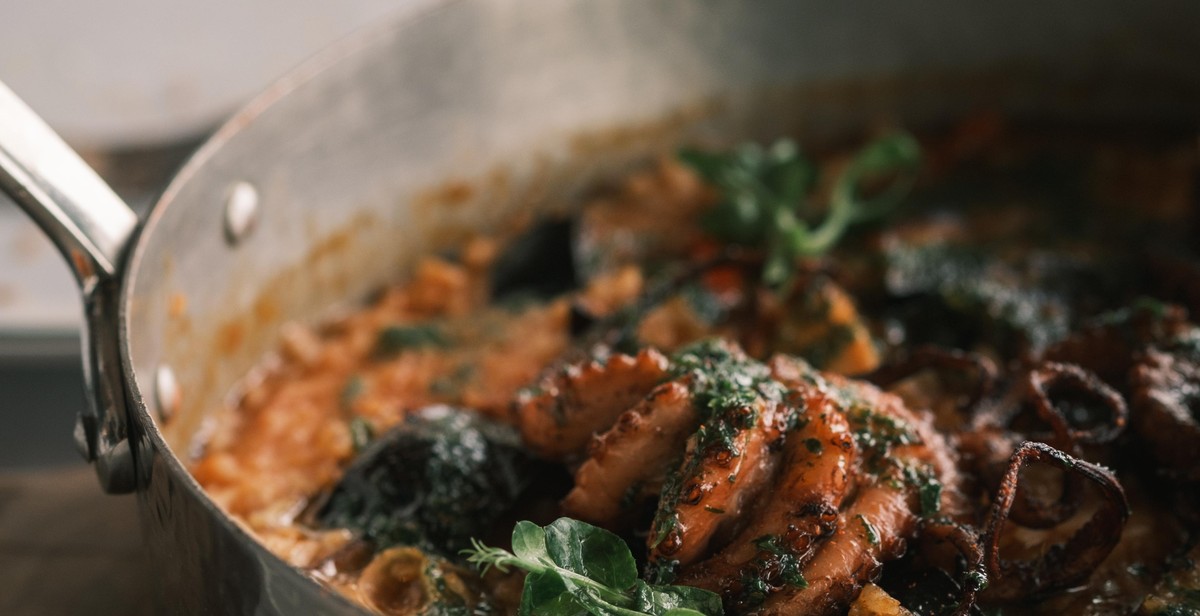
Selecting the Right Herbs
Choosing the right herbs to grow is crucial to ensure a successful harvest. Here are some of the most popular herbs to grow:
| Basil | One of the most versatile herbs, basil is easy to grow and adds a fragrant and sweet flavor to dishes. |
| Mint | Mint is a refreshing herb that is perfect for adding to drinks or desserts. It is also easy to grow and comes in a variety of flavors. |
| Rosemary | Rosemary is a woody herb that is commonly used in Mediterranean cuisine. It is easy to grow and adds a strong, pine-like flavor to dishes. |
| Thyme | Thyme is a versatile herb that is perfect for adding to stews, soups, and roasted meats. It is also easy to grow and comes in a variety of flavors. |
Consider Your Needs
When selecting herbs to grow, it is important to consider your needs. Do you want herbs for cooking or for medicinal purposes? Are you looking for herbs that are easy to grow or are you up for a challenge?
If you are looking for herbs for cooking, consider growing herbs that you frequently use in your dishes. If you are looking for herbs for medicinal purposes, consider growing herbs that have specific health benefits, such as chamomile for relaxation or echinacea for boosting the immune system.
Growing Difficulty
When selecting herbs to grow, it is also important to consider the growing difficulty. Some herbs, such as basil and mint, are easy to grow and require little maintenance. Other herbs, such as lavender and sage, require more attention and specific growing conditions.
- Easy to Grow Herbs: Basil, mint, chives, thyme
- Moderate to Difficult to Grow Herbs: Lavender, sage, oregano, cilantro
Consider your level of experience and the amount of time you are willing to dedicate to growing herbs when selecting the right herbs for your garden.
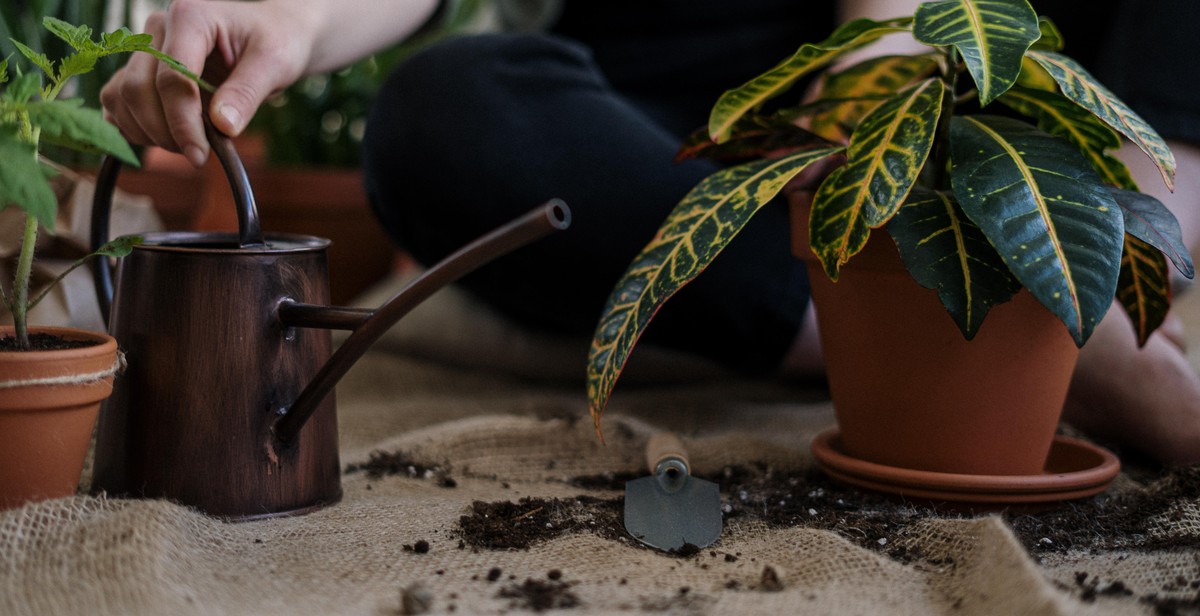
Planting and Maintenance Tips
Starting from Seeds or Seedlings
When it comes to growing herbs, you can either start from seeds or seedlings. Starting from seeds can be more cost-effective, but it requires more time and effort. You will need to plant the seeds in a seed tray and keep them in a warm, sunny spot until they germinate. Once the seedlings have grown big enough, you can transplant them into a larger container or into the ground.
Starting from seedlings is a quicker and easier option. You can purchase seedlings from a garden center or online and transplant them directly into a container or the ground. Make sure to choose seedlings that are healthy and free from any signs of disease or pests.
Container vs. Ground Planting
Herbs can be grown in containers or directly in the ground. Container planting is a good option if you have limited space or want to grow herbs indoors. Choose a container that is at least 6 inches deep and has drainage holes. Fill the container with well-draining potting soil and plant your herbs. Make sure to water regularly and fertilize as needed.
If you have a garden or outdoor space, you can plant herbs directly in the ground. Choose a sunny spot with well-draining soil. Prepare the soil by adding compost or organic matter. Plant the herbs at the same depth they were in their containers and water regularly. Make sure to give the herbs enough space to grow and spread out.
Fertilizing and Pruning
Fertilizing is important for the growth and health of your herbs. You can use a balanced fertilizer once a month or a slow-release fertilizer at the beginning of the growing season. Make sure to follow the instructions on the fertilizer package.
Pruning is also important for the health and productivity of your herbs. Regular pruning will prevent the herbs from becoming too leggy and encourage new growth. Prune your herbs by cutting back the stems and leaves regularly. Use sharp, clean scissors or pruning shears.
| Tip | Trick |
|---|---|
| Water your herbs in the morning to prevent mold and mildew. | Harvest your herbs regularly to keep them from becoming too woody. |
| Use a mulch to help retain moisture and prevent weeds. | Rotate your herbs every few years to prevent soil-borne diseases. |
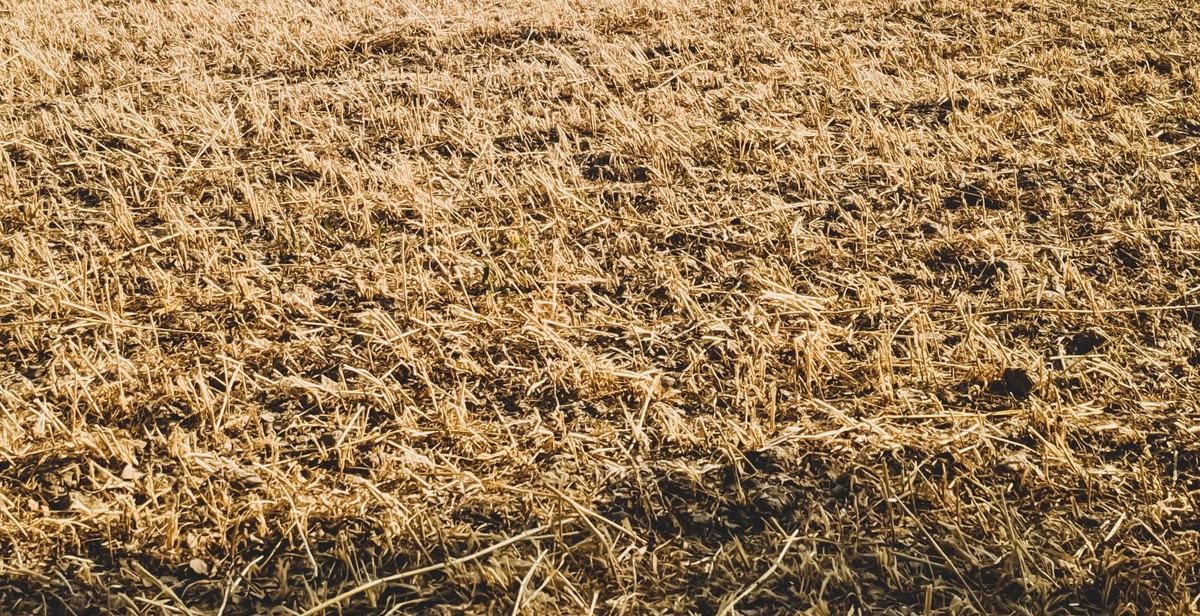
Harvesting and Using Your Herbs
When to Harvest
The best time to harvest your herbs is in the morning after the dew has dried but before the sun is too hot. This is when the essential oils are at their highest concentration, giving your herbs the most flavor and aroma.
When harvesting, look for the healthiest and most mature leaves and stems. Avoid any leaves that are yellowing or damaged, as they will not have as much flavor.
Preserving Your Herbs
There are several ways to preserve your herbs so that you can enjoy them for months to come:
- Drying: Tie your herbs in small bundles and hang them in a warm, dry place with good air circulation. Once they are completely dry, remove the leaves from the stems and store them in an airtight container.
- Freezing: Chop your herbs and freeze them in ice cube trays with a little bit of water or olive oil. Once frozen, remove the cubes and store them in a freezer-safe bag or container.
- Pickling: Add your herbs to a jar with vinegar, salt, and sugar for a tangy and flavorful addition to salads and sandwiches.
Cooking with Fresh Herbs
Fresh herbs can add a burst of flavor and color to any dish. Here are some tips for cooking with fresh herbs:
| Herb | Flavor Profile | Best Uses |
|---|---|---|
| Basil | Sweet, slightly peppery | Pesto, tomato sauce, salads |
| Cilantro | Bright, citrusy | Mexican and Asian dishes, salsa, guacamole |
| Dill | Grassy, slightly sweet | Salmon, potato salad, pickles |
| Mint | Cool, refreshing | Mojitos, tea, lamb dishes |
| Parsley | Grassy, slightly bitter | Pasta dishes, salads, garnish |
| Rosemary | Woody, piney | Roasted meats, potatoes, bread |
Remember to add delicate herbs like basil and cilantro at the end of cooking to preserve their flavor, while heartier herbs like rosemary and thyme can be added at the beginning.
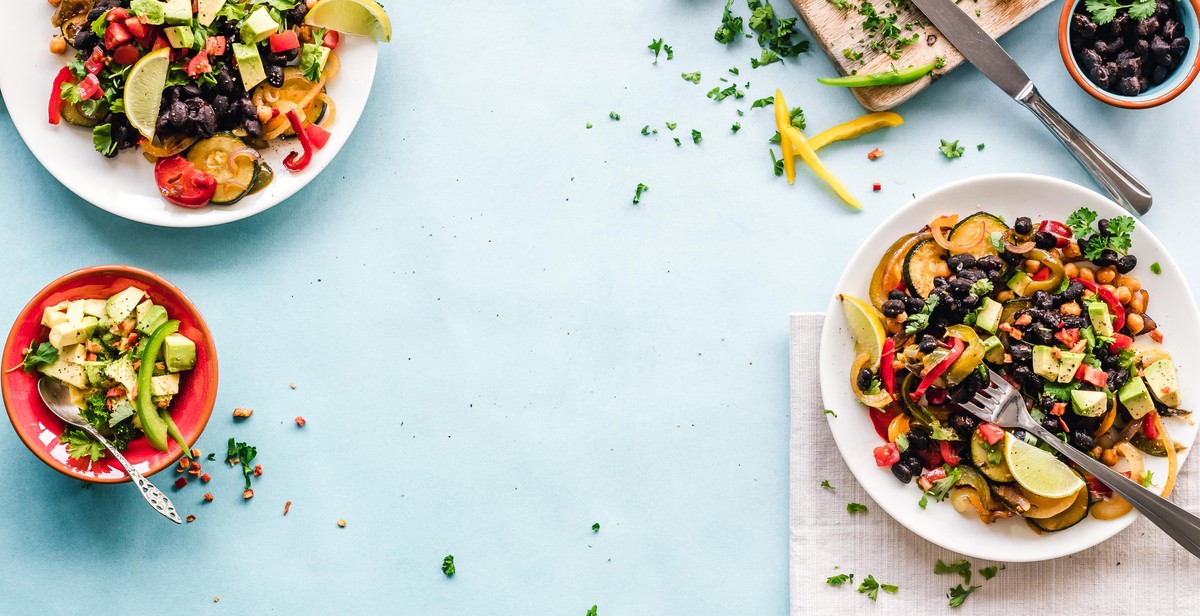
Conclusion
Growing your own herbs at home can be a rewarding and fulfilling experience. Not only do you get to enjoy fresh and flavorful herbs in your cooking, but you also get to connect with nature and learn new skills.
Remember to choose the right location for your herbs, provide them with adequate sunlight and water, and regularly prune them to encourage growth. Also, consider using organic and natural methods to keep pests and diseases at bay.
With these tips and a little patience, you can create a thriving herb garden that will provide you with an abundance of fresh herbs for years to come.
Benefits of Growing Your Own Herbs
- Save money on buying expensive herbs from the store
- Enjoy fresh and flavorful herbs in your cooking
- Connect with nature and learn new skills
- Reduce your carbon footprint by growing your own food
- Control the quality and purity of the herbs you consume
Start Your Herb Garden Today
Whether you have a spacious backyard or a small balcony, you can start growing your own herbs today. With a little effort and dedication, you can create a thriving herb garden that will enhance your cooking and your life.
| Tip | Description |
|---|---|
| Choose the right location | Herbs need sunlight and well-drained soil to thrive |
| Provide adequate water | Herbs need regular watering, but be careful not to overwater them |
| Regularly prune | Pruning encourages growth and prevents herbs from becoming too leggy |
| Use organic methods | Avoid using chemical pesticides and fertilizers and opt for natural alternatives instead |
